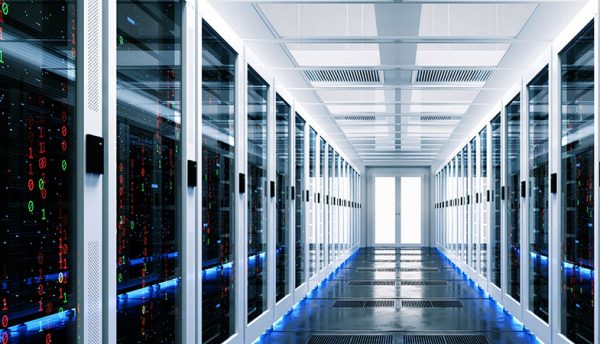Data centre operators worldwide have been forced to make huge adjustments as a result of COVID-19. Noel O’Grady, Director of Irish Operations at business risk and resilience consultancy, Sungard AS, outlines the importance of quick responses and resiliency during the pandemic.
The data centre industry is arguably facing its largest ever crisis with the onset of the COVID-19 pandemic.
In-house teams have had to quickly build out their ability to support remote workers on a scale never seen before. Commercial providers have had to tighten access to facilities globally, decide which staff are essential to keep onsite, and reach for their pandemic contingency plans – if these even existed.
Elsewhere, data centre managers have had to embark on mass disinfection of premises and access following both staff and visitors testing positive for the virus.
The last few months have been a huge learning curve for many and here are three key lessons we have learned:
Lesson 1: Be prepared to scale quickly for remote working demands
As our worlds of work and play shifted from office blocks and business parks to living rooms and kitchen tables across the globe, society has been highly dependent on Internet services and supporting equipment working as expected.
Infrastructure teams with responsibility for making sure organisations and consumers stay online have worked hard to expand network bandwidth and computing muscle in data centres. The most frequent bottleneck created in many cases has stemmed from the overnight enablement of vast remote workforces. Many company networks simply weren’t set up to meet demand at such scale.
Organisations need to provide staff with private, secure corporate network access from home. VPN capacity has had to ramp up and conversations about readying the infrastructure to support it have had to happen quickly. Companies must now prepare to ensure employees can access a company network from their own machines at home too – there will have been many cases where people hadn’t taken work equipment home with them and IT were unable to access buildings to get it to them.
Technical understanding of the expanded capacity to support remote application access became a boardroom issue overnight as well. This will only be a good thing for companies moving forward. Senior executives will have no choice to overlook infrastructure – they will have to understand and monitor it like never before.
Lesson 2: Pre-define ‘essential’ staff
Evaluation of who was ‘essential’ was another thing organisations had to determine quickly and this expanded to the data centre industry. Essential workers had to be divided up – some were kept onsite and others sent home to become reserves. There had to be no risk of cross-contamination between them.
Some senior-level facility and site managers were asked to work from home as well as they possessed knowledge and experience covering multiple types of lower-level employees, such as line engineers, technicians and operations staff.
The outcome of this crisis will be that data centre organisations should now formally plan and document who is essential to keep onsite during such a state of emergency and who are the backups that should remain at home. This should be clearly communicated at regular intervals, with tests run to confirm the process works as expected.
Lesson 3: Disinfect premises post-positive infection reports and have strict access rules
There have been some international reports of staff and visitors who have set foot in data centres testing positive for COVID-19 at a later date. In response, the affected facilities have had to be thoroughly cleaned and disinfected by a specialist cleaning contractor. Data centre operators will now have to be crystal clear about the measures they will take in the event of such an incident and what they will do if a member of staff or a visitor falls ill while onsite.
In order to maintain effective social distancing, some facilities have made all non-essential staff work from home on a mandatory basis. Clients are also being actively discouraged from visiting and encouraged to use engineers to complete physical tasks wherever possible.
All deliveries and visitors should be handled by isolated security staff following very specific guidelines. Employee health has to remain the priority and having these measures in place requires a high level of adaptability on behalf of workers, so the businesses and the industry as a whole needs to be very clear.
If a data centre facility does have to be evacuated temporarily, whether it can stay online without staffing depends very much on its design and is something that must be accounted for in planning and operations. Those with a low level of redundancy face obvious risks if left unmanned.
Rewriting the rule book
Data centre operators around the world have been forced to make big adjustments in light of COVID-19, with some of the areas mentioned above likely to become a necessary standard post-crisis.
Historically, most business continuity plans for data centres were based on local scenarios, where ‘acts of God’ wreaked havoc on one place. Rarely had many considered that one place being the entire planet.
This pandemic has shown us the speed of disease spread and highlighted the importance of a quick response. For the most part, data centres across the world are still functional, with our increasingly digital infrastructure showing a considerable level of resilience. However, it remains to be seen which contingencies will become the new norm and which won’t result in any permanent changes.
Click below to share this article




